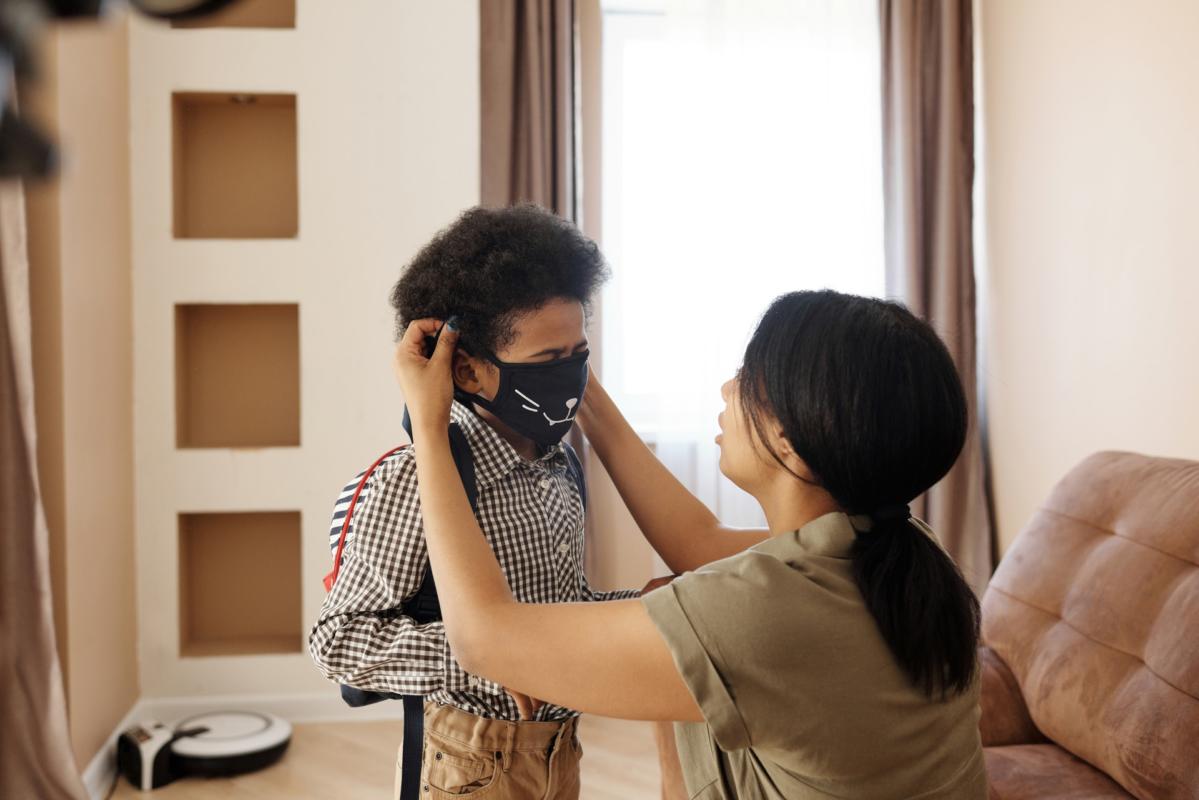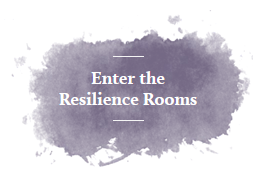Parents, you can teach your kids to grow in the process.
The New York Times reported that there are at least 538 new coronavirus deaths, and 74,443 new cases were reported in the United States on Oct. 26. Over the past week, there has been an average of 71,120 cases per day, an increase of 40 percent from the average two weeks earlier.
There is an increased need to wear masks and uphold the values of love and kindness to others and consideration of the greater good. There are strong messages we can model to our children and highlight the benefits and lessons they are afforded by leaning into these core fundamental values.
12 Mindfulness and Life Lessons Linked to Mask Wearing That You Can Teach Your Children
1. Consideration of the greater good. Teach kids that they may be doing something that they feel uncomfortable with or that they do not want to do, but in committing to do so, they will benefit their greater community and potentially help many people. It further teaches them that sometimes there are tradeoffs and that the world does not revolve around them but also others of whom they need to be considerate.
2. The whole is bigger than the sum of its parts. If only some of us do it, it won’t lead to maximum benefits and results. This is the essence of “teamwork.” It is only going to be significant if we can unify and work together.
3. It’s OK to be uncomfortable, and it can actually benefit you. This holds true on a physical and emotional level. Being present with discomfort forges resilience, grit, and improved coping skills.
4. Life evolves, so we need to as well. Everything is temporary. Including joy, pain, and circumstances. Be in the present moment with what is.
The reality is that we are currently amidst a serious pandemic that has killed over 1,171,337 worldwide and over 225,567 in the U.S. and will continue to kill more if we’re careless. As much as we want to get back to life as we know it, we can’t because it isn’t life as we know it, and as much as we’re fatigued by our current circumstances, we have to deal with it because that is what’s going on in the here and now.
5. Trust in science and the medical community. Leading authorities from the medical community are stipulating the need for mask-wearing and social distancing based on scientific research. This can lend to teaching kids about trust for medical interventions and the greater medical community so that they hopefully follow up in adulthood with their annual exams, preventative health screening tests, immunizations, etc.
6. Avoid having attachments. Teach kids not to get caught up in their “shoulds” and ideas about the way things ought to or must be. The need for flexibility and not getting too attached to ideas and things are valuable lessons. As we now see, life can change on a dime, and we must be able to bend and pivot based on the circumstances that we are presented with.
7. Life is full of human suffering. Suffering is part of life. We all suffer because it is part of the human condition. All we can do is manage as best as possible and get the support we need and deserve.
Kids are typically very resilient; they fare even better when resilience and perseverance are modeled to them. That can include acknowledging thoughts, feelings, and behaviors that are prompted and giving ourselves self-compassion throughout the process.
8. Assert that values and needs are necessary, even if it is not approved of, liked, or is the popular position. They may see their peers and other people doing things differently and may experience “missing out.” They will learn that if something is meaningful enough, it is worth asserting their needs and position. They do not have to compromise their fundamental values and needs just to fit in and be approved of by others.
9. Emphasize the value of health. That kids can make compromises for the sake of their health because of how utterly important health is to us. That they can proactively do things to prevent disease and protect their health. Whether it is wearing a mask and socially distancing, exercising, eating healthfully, taking vitamins, etc.
10. Almost everything is a process. Most things don’t change overnight; it usually entails a gradual process. We must see the process through in order to experience long-term progress and change. Just like them, learning to skate, play the piano, drive a car, or earn a diploma. This is going to take time, and they will eventually see change, especially if individuals do their part.
11. If you want something bad enough, you need to dedicate concerted time, consistency, and effort. If they continue to do their part, each gesture they enact will facilitate change and improvement. They witness that, as a family, you are all willing to do that collaboratively and support each other through it all.
12. Helping the vulnerable and those in need. That even though they are likely to be physically OK if they contract it, others may not be so fortunate. If they can possibly prevent that from happening, they are directly assisting those that are vulnerable. Also, they are leaning into their kindness, thoughtfulness, and care values because that is fundamentally who they are and who they want to be. It additionally feels satisfying to be conscientious, caring, and asserting positive behaviors.
Teachable Moments to Connect You to Your Children
There are many critical lessons that your children can learn from your family extending themselves and wearing a mask. Through adversity and pain, there’s room for substantial strength and growth. This time has undoubtedly been challenging, and we can all relate to the fatigue brought about by this pandemic.
These are incredible teachable moments that could further connect you to your children because you are all doing something collaboratively to protect and show deep care towards others. The kids that tend to thrive are the ones that learn to adjust to adversity, change, and the unexpected. You could use these moments and future ones to instill flexibility and agility, which will serve them well now and throughout their lives.
Blog as posted in Psychology Today.



